1. Yes, Mars could have hosted life
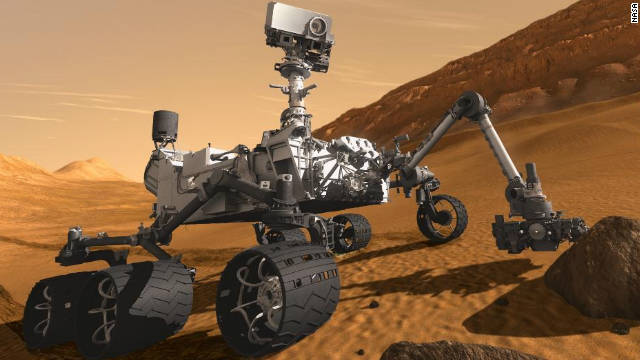
The Curiosity rover did it: We now know life could have existed on Mars. Meanwhile, a company called Mars One announced plans to send people there, and 200,000 people signed up to be prospective astronauts.
2. Voyager crosses over
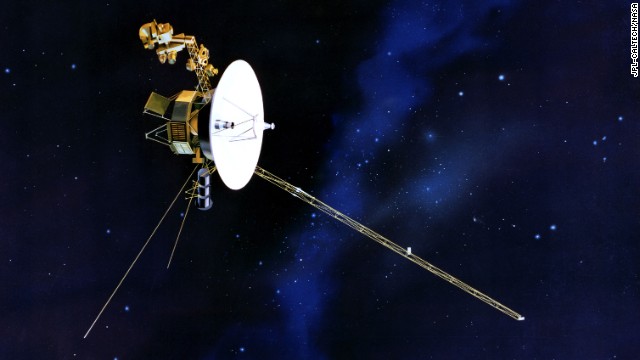
The Voyager 1 probe became the first human-made object to leave the solar system.
3. Kepler's discoveries and malfunctions
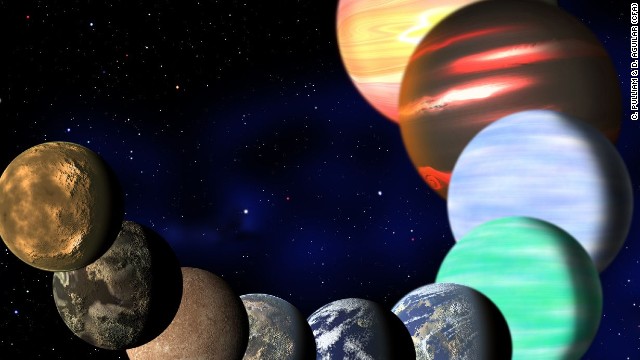
The planet-hunting Kepler spacecraft delivered several exciting results this year about planets outside our solar system, but alsosuffered from damage to its wheels, which point the spacecraft. NASA is considering options for repurposing the telescope.
4. Hello, asteroids and meteors

Lots of space rocks made headlines this year. A meteor exploded in February over Chelyabinsk, Russia, creating a blast equivalent to 300,000 tons of TNT. The very same day, an asteroid passed by Earth. And don't forget that one of the most dangerous asteroids on recordzipped close by Earth in September.
5. New clues to our evolutionary past
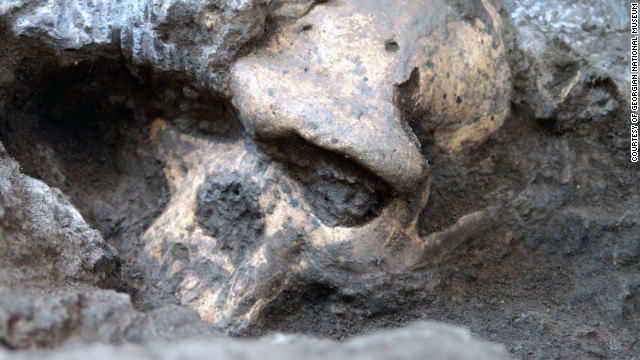
Scientists found the most complete skull of an early member of the Homo genus, and proposed with it some controversial ideas about the ancient human family tree.
6. Oldest primate discovered

The oldest primate skeleton to datewas found. It belonged to a species named Archicebus achilles, which lived 55 million years ago (illustration pictured). In modern times, we learned about a cute new species of mammal: The olinguito.
7. Climate change, oh climate change
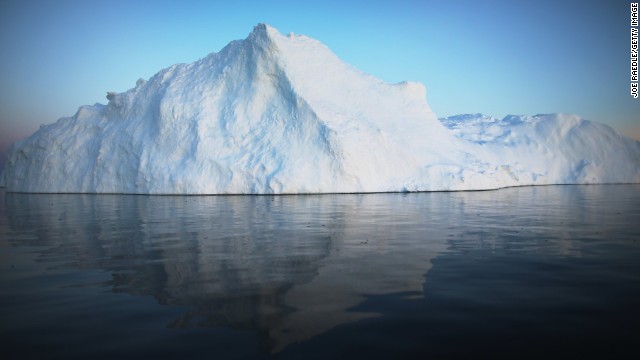
The climate is a changin', with dangerous implications. The scientific consensus on humanity's role in a warming world hardened in 2013. A report also found that between 2000 and 2009, it was hotter than about 75% of the last 11,300 years and CO2 levels hit a new peak at a key observatory.
8. Higgs boson is real, really

Physicists at CERN announced that they are even more sure that the particle they thought was the Higgs boson is indeed the Higgs boson. The particle was also the subject of the 2013 Nobel Prize in Physics.
9. Universe gets better baby photo
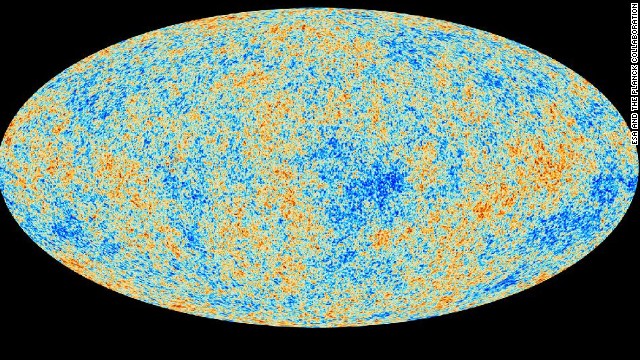
The European Space Agency's Planck space telescope gave us the best baby picture of the universe yet, using light left over from the Big Bang.
10. Science getting closer to light sabers

Light usually won't stick together like regular matter, but scientists made it happen -- just like in "Star Wars" -- but on a much smaller scale. It's called "light matter



0 comments:
Post a Comment